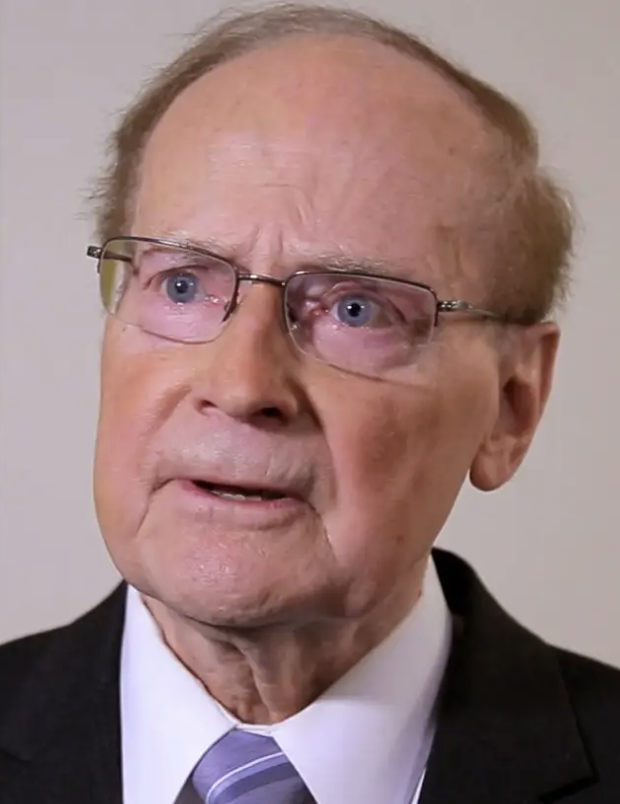 Successful communication has little to do with simply trying to bring our message across, but it has everything to do in how we assess and adjust our communication to our respective communication partners.
Successful communication has little to do with simply trying to bring our message across, but it has everything to do in how we assess and adjust our communication to our respective communication partners.
Communication is a two-way process. It needs an equal amount of skill and effort to actually learn how to listen as it takes to draft a speech or give a talk in front of an audience.
Why don’t we feel nervous when we listen? It is usually the perception of being the passive (listening) partner in a communication process as opposed to the active (talking) one. We often take skill in listening as given.
Yet both – talking and listening – are equally active.
Listening means that we observe the person who speaks, with our senses alert and open. The observation goes from body language including gestures to facial expressions, tone, voice and modality, breathing patterns and pauses, up to where the speaker is (not) looking while talking.
We constantly process and analyze if the content of the message is congruent with our observations or if it is not, we are supposed to ask further questions for clarification and to reach a comprehensive understanding of what was said.
This sounds like a lot of work, and it actually is!
If we take this approach in trying to really understand our communication partner, there is not much space left to think about anything else while someone else is talking.
Our whole focus and attention as the listener have hence to be on the speaking person if we don’t want to miss out on cues and content of what is being said.
This is as well the reason why listeners often quickly get a communication overload if we just keep talking without giving sufficient room for pauses, processing and asking questions for clarification.
If even just five or ten minutes seems like little time for a speaker, for a listener, this is a lot to process.
Awareness is key.
If you are a fast talker and can go on and on about a topic, even without any bad intent simply because you are passionate about it, I would like to suggest you record yourself on video with your mobile phone for 10 minutes and rewatch it a few days later in a quiet moment.
Observe the tone, gestures, mimic, body movements, and eye contacts made with your conversation partner or the audience and see if it fits the content and the importance of what you actually wanted to say. Could it be said in a more concise manner? If yes, how?
This exercise serves two outcomes:
- You will become much more aware of your own communication style and whether it’s consistent with what you intend to share or say to a certain audience or person.
- You are training your listening skills, observing all the details of your own talk, getting practice in it in everyday life situations by observing the people you are listening to.
You will get used to it and the observation will eventually happen without much effort as you have practiced it on a continuous basis whenever you are listening to somebody.
Being clear, concise, and above all, interesting in our communication is an art to be developed,. The same is true for becoming a great listener.




